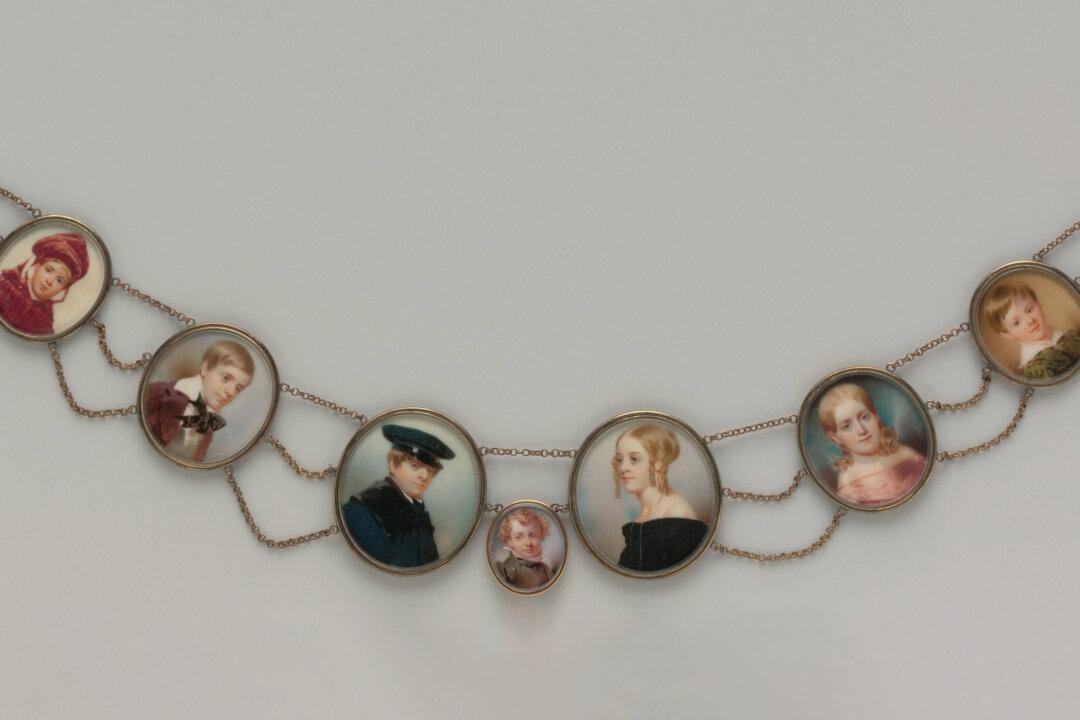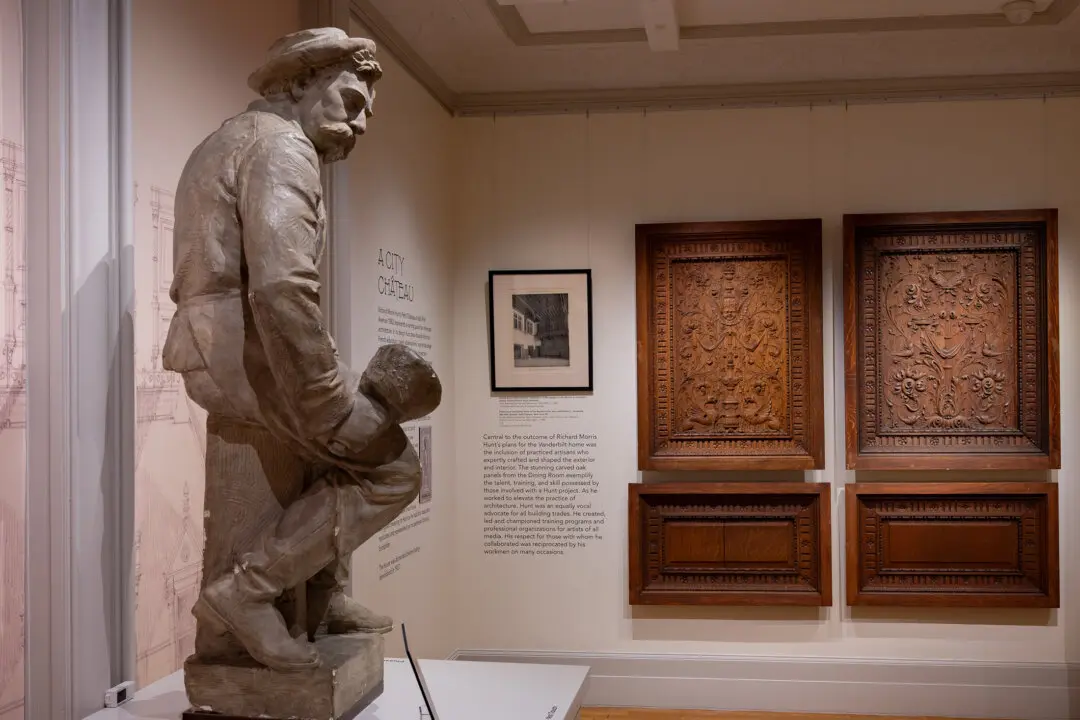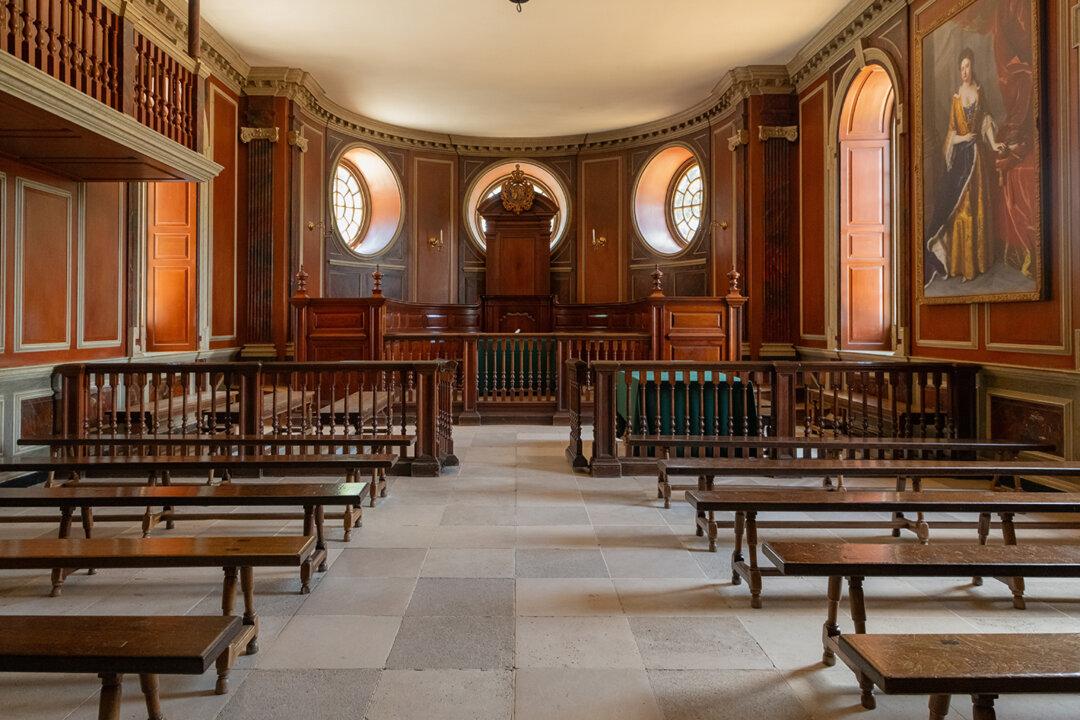Upon first glance, the young woman’s portrait would appear to be a sizable oil canvas, hanging in a historic estate. With fluid strokes, smoothly blended, the woman’s skin is luminescent, and the lace of her shawl is rendered with such exquisite detail that one may not believe this painting is actually a miniature—only 2 inches by 3 inches! It is the collaborative work of American miniaturists Henry Inman and Thomas Seir Cummings.
Simply called “Portrait of a Lady,” the miniature is painted in gouache (opaque watercolor) on ivory and resides at The Metropolitan Museum of Art in New York. Here, Inman’s smooth technique and Cummings’s exacting detail come together beautifully to create a masterwork, great in execution but diminutive in size—a work meant to be worn as a piece of jewelry. In the early 19th century, before the advent of readily available photography, miniatures were all the rage.





